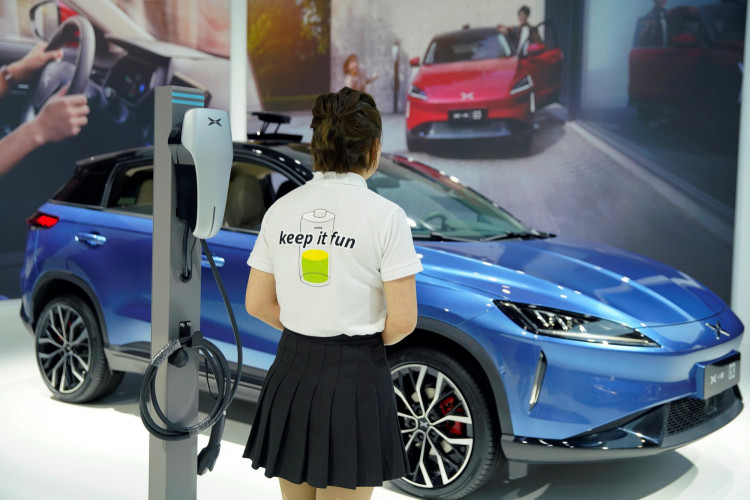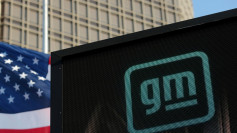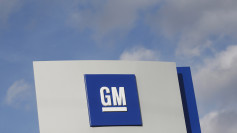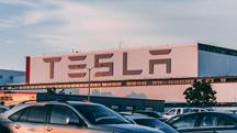As new energy vehicle brands continue to announce their April delivery results, a growing divide is becoming apparent among emerging automakers. Li Auto has managed to surpass both NIO and XPeng in deliveries last month, while traditional automakers' new energy brands are steadily growing, gradually chipping away at the market share of the newcomers.
Li Auto, the first new automaker to announce April delivery numbers, set a new monthly record by delivering 25,700 vehicles, exceeding 20,000 deliveries for two consecutive months. So far, the company has delivered a total of 335,600 vehicles.
Li Xiang, Chairman and CEO of Li Auto, shared that the Li L7 achieved over 10,000 deliveries in its first full month. According to their plan, by 2025, Li Auto will target the market of over 200,000 vehicles, forming a product lineup with one flagship vehicle, five range-extended EV models, and five high-voltage pure electric models. The first pure electric model is expected to be launched at the end of this year.
Meanwhile, NIO and XPeng, once part of the same echelon, have yet to catch up with Li Auto's growth rate, as their combined April delivery numbers fall short of Li Auto's.
XPeng's April deliveries remained relatively stable compared to March at 7,079 vehicles, a year-over-year decline of 21.4%, still below last year's peak. The new XPeng G6, unveiled at the Shanghai Auto Show this month, is expected to be officially launched and delivered by the end of the second quarter. This strategic model, based on XPeng's Flying Architecture, will share the responsibility of boosting sales with the P7i, which began deliveries in March.
NIO was the only new automaker to experience a decline in sales last month, dropping 35.6% month-over-month to 6,685 vehicles, once again falling short of the 10,000-vehicle milestone. The ET5, which was expected to boost sales, failed to do so due to production capacity and delivery pace issues.
In April, NIO adjusted the benefits of its first-time vehicle owners, raising prices and cutting about $4,680 worth of perks, such as free battery swaps and charging station access. NIO CEO Li Bin admitted during a media briefing that he's prepared for a potential decrease in purchase intent from customers.
With five new models set to be launched and delivered soon, NIO is currently transitioning from its first-generation to second-generation platform. NIO co-founder and president Qin Lihong believes that the market competitiveness of NIO's second-generation platform products will become clearer in the fourth quarter of this year.
Li Bin jokingly commented on NIO's nickname, "Wei 10,000." He said, "If NIO still sells only 10,000 vehicles a month, Lihong and I will have to look for new jobs." Before launching the volume-driven Alps brand, Li Bin will need to work harder to maintain NIO's stable deliveries and secure his position.
In addition, traditional automakers' new energy brands, such as Ean, Polestar, and Deep Blue, have seen significant growth in market share and are engaged in fierce competition with the new automakers. In particular, Ean delivered over 40,000 vehicles last month, a month-over-month increase of 2.5%, with total sales for the year reaching 121,300 units.
As the first-mover advantage enjoyed by new automakers is being eroded, the competition in the electric vehicle market is expected to intensify further. The key focus of this brand melee will be who can take some market share from BYD in the plug-in hybrid segment and who can hold their ground against Tesla's pricing pressure in the pure electric market.
According to data from the China Passenger Car Association (CPCA), the retail market share of mainstream domestic new energy vehicle brands in March was 67%, up 6 percentage points year-over-year, while the new automakers' share was 10.4%, down 6.6 percentage points year-over-year.
With more new brands entering the market or gearing up for growth, the competition in the new energy vehicle market will become even more fierce. Established automakers have already begun exploring the path of electric vehicle development after experiencing the early competition in the new energy vehicle race. Latecomers are following the trend, adopting similar technologies, suppliers, and designs, resulting in minimal product differentiation. As a result, consumers now have an extensive range of electric vehicle options to choose from.
In conclusion, the intensifying competition among new energy vehicle manufacturers, combined with the growing influence of traditional automakers in the EV market, is reshaping the landscape. As new and established brands continue to battle for market share, the industry will likely see further shifts and transformations in the coming years.





